“Roses do not bloom hurriedly; for beauty, like any masterpiece, takes time to blossom.”
― Matshona Dhliwayo
So, you want to be a proud British gardener? Then, you must learn how to care for roses.
After 2,000 UK adults were polled a few years back, it turned out that we, Brits, love the humble garden rose and surprise, surprise it turned out it is our favourite flower. Not that we needed this poll to be aware of the fact.
However, what is surprising, is that a third of Brits don’t know that this is England’s national flower.
You’ll see it in almost every garden. Since you are reading this article, you likely have one, too. Or, at the very least, are trying/planning to grow one.
Another unsurprising fact – roses are capricious. They need a gentle touch and more than one green thumb. As a grow store, we receive many plant-care-related questions. The most common of all is “how to take care of the roses in my garden?”
And we are here to oblige. Let’s first start with the basics…
The short (and incredibly misleading) answer is – anytime. Indeed, roses can be planted at any time during the year except for the times when the weather is extremely harsh.
When Is the Best Time to Plant Roses?
We’d advise not to plant them in when the ground is frozen, overwatered, constantly moisturised or during the arid conditions. So, just avoid these weather anomalies, and you’ll be safe. 😉

Make Sure There Is Enough Sunlight
Roses love direct sunlight. If you’d like to enjoy an abundance of luscious, blooming flowers ensure that they receive, at the very least, 4 hours of direct sunlight.
This is not to say that you can’t get beautiful, heart-warming blooms in less sunny areas. Let’s say you have a northern wall in your yard and you have free space for beautiful rose bushes. Roses can still flower in this hard-core, no-direct-sun area.
Planning and preparation are key. In case you’ve got more shaded areas, you just need to get roses that can thrive on less direct sunlight: Ballerina (shrub rose), Blush Noisette (climbing rose), Flower Carpet Amber (ground cover rose), Penelope (shrub rose), etc.
Avoid Plant Competition for Resources
Rose bushes develop best if there is enough water. Try not to plant them very close to other plants. They will just start to compete for moisture and sunlight.
Plant your rose at a minimum of 1 m away from other plants and at least 60 cm from other roses. Might sound like wasting precious garden space but, trust us, it will pay off in the best possible way.
The Wind Is Not a Rose’s Friend
Avoid planting your roses in spots where the winds are sharp and brisk. Otherwise, the base of the rose can loosen in the soil. Furthermore, it will lead the flower to grow at an angle.
Under some extreme weather conditions, this might even kill it. If you are not sure yet about the place you chose for your beauty, then firm the soil around it. Also, you can place a plant stake to support it.
How To Water Roses?
The general rule is if the soil is dry about 5-6 cm below the surface you need to water. If the soil is moistened, you should wait a few days. If the rose’s foliage ever starts to look dull or droopy, you’ve definitely waited too long.
Different types of roses vary in their water intake. So, you should always check what the optimum amount of water for your plants is. A rule of thumb, though – roses prefer deep watering to light one. The latter will result in shallow roots. These, in turn, will make the plant more susceptible to the effects of summer heat and winter cold.
When Is the Best Time to Water Roses?
The need for watering varies greatly throughout the year. It is directly related to the amount of rain that has fallen. We suggest the following:
October-February – it is very unlikely that you’ll need to water the flowers in the UK.
March-May – During a drought of two weeks or more, newly planted roses will need water every 2-3 days. For already established ones – once a week will be sufficient.
June-September – If your roses are already established, you can water them once a week. If you notice that your flowers are wilting, then they need more water. All newly planted roses require watering every other day.
How to Properly Water Roses?
How you water your flowers is essential because you can either physically damage them or develop disease problems. So, keep in mind the following instructions when you water your roses:
- Make a basin of soil around your roses. The planting hole should be around 40-45cm for newly planted stems and about 80-90cm for already established plants and really big ones.
- Water them close to the base and make sure the water soaks in. If it starts to flow away from the base, pause for a few seconds and fill the basin again.
- Avoid watering the flowers or foliage because this can lead to disease problems.
- You can use a drip irrigation system – a perfect solution for busy gardeners and dry areas where water shortages are common.
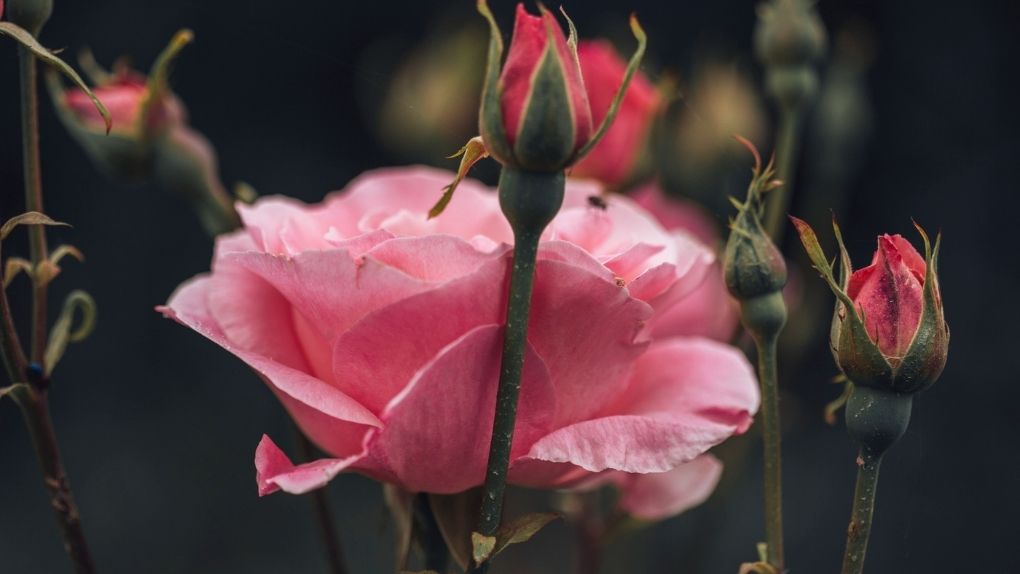
“It’s the time that you spent on your rose that makes your rose so important…People have forgotten this truth, but you mustn’t forget it. You become responsible forever for what you’ve tamed. You’re responsible for your rose.”
– Antoine de Saint-Exupéry
When To Feed Your Roses
Just like people, all roses love to receive special attention. If you want to enjoy blooming roses, we highly recommend feeding them properly. Feed your roses regularly, and you will have strong, healthy growth and abundant flowering.
What Are The Best Liquid Rose Fertilisers?
Use the Fully Organic Biobizz Line for Healthy Lush Flowers
Biobizz are leaders in their field when it comes to organically grown plants. They produce a large range of 100% organic products which guarantee an impressive which guarantee you will get luscious, long-lasting bloom., both in quality and quantity.Biobizz Bio-Grow
BioBizz Bio-Grow is an organic growth nutrient, made from 100% Dutch sugar beet extract. It contains everything your plants may need – 70 trace elements, natural sugars, humic acids, kelp and vitamins B1, B2, C and E.
It activates bacteria in the soil, which helps boost the vegetative growth of your roses. Use it in the early stages of planting roses, because Biobizz Bio-Grow has a higher concentration of nitrogen, making it most suitable for use during the vegetative stage.
How to use Biobizz Bio-Grow for roses?
Use it at a dose of 2-4 ml per Litre every watering until the first rosebuds formation.
Biobizz Bio-Bloom
Biobizz Bio-Bloom is a natural flowering nutrient that can be used throughout your roses’ entire blooming stages. It contains an extensive range of trace elements, hormones, enzymes and amino acids from natural sources.
It stimulates the microbiological activity in the soil and increases the nutrient absorption and stimulates roses’ growth. The high concentration of phosphorus and potassium are vital elements in the formation of rosebuds and their blooming.
How to use Bio-Bloom for Roses?
Start using Biobizz Bio-Bloom when you see the roses enter their flowering phase. The dosage is 2-4 mL Bio-Bloom per 1 L of water.
Biobizz Fish-Mix
Biobizz Fish-Mix is an organic fertiliser derived from organic fish emulsion from the North Sea and Dutch sugar beet extract. It can be used throughout the entire plant cycle – from the rose vegetative stage until its flowering phase.
This organic liquid feed improves soil fertility by increasing the growth of beneficial bacteria and helps roses absorb nutrients faster. It also stimulates microbial activity and replenishes old or poor quality soil with microbial life. With Biobizz Fish-Mix your roses will have healthy green foliage.
For best results, use 1 mL per litre of water every week.
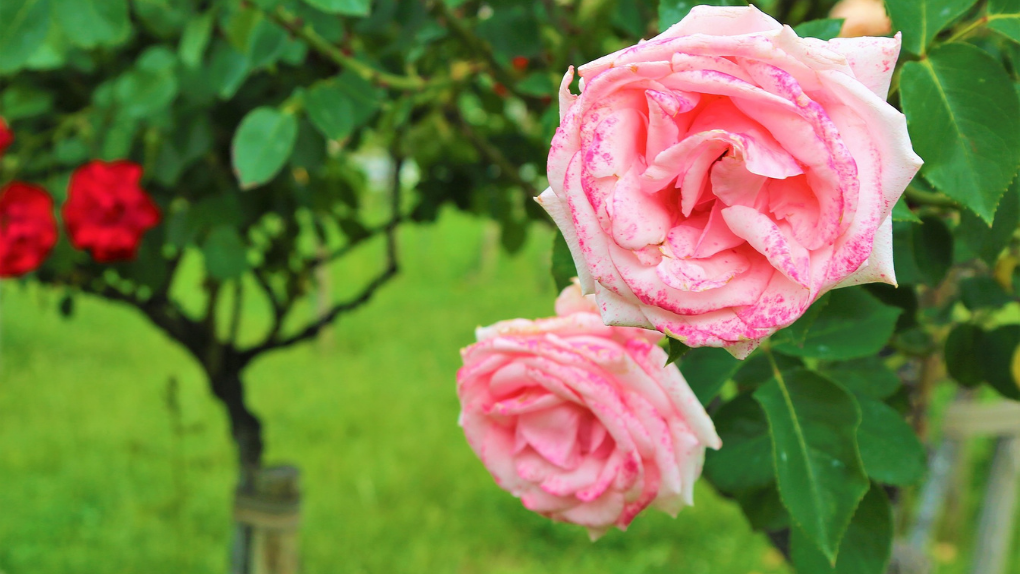
Give Your Roses a “Good-Ol’ Boost” with the Reliable Canna Products
Looking for a well-known product that has a proven track record over more than 10 years? Canna is a great choice! Trusted by growers around the world, the brand boasts some of the most sought-after product combos. Needless to say, its Canna PK 13/14 and Cannazym would treat your roses to a whole new array of nutritious supplements.
Canna PK 13/14
CANNA PK 13/14 consists of top quality nutritional minerals that are necessary for the roses during flowering. It’s easy to use, and you will get astonishing results!
Because of the special production process, Canna has succeeded in combining pure phosphorus and potassium in very high concentrations. That is why Canna PK 13/14 is easily absorbed by the roses. If you combine it with Cannaboost, this will increase the absorption process and will lead to even more beautiful flowers.
Use Canna PK 13/14 for just one week at a dose of 15 ml per 10 Litre water.
You can start using Cannaboost at the start of the roses blooming phase at a dose of 20 mL per 10 Litre water (usually 1 to 3 weeks after flower initiation). It can also be used as a foliar spray.
Cannazym
Cannazym is a magical nutrient. It turns dead roots into minerals and carbohydrates. These minerals are very important for plant health. Dead roots create excellent conditions for pathogens and bacteria, which is dangerous for your roses.
CANNAZYM improves the soil and provides good aeration in the root environment.
You can use it at least once a week at a dose of 25 mL per 10 L water throughout the whole flowering season.
What Are the Most Common Rose Problems and Diseases?
Some roses are particularly prone to problems, especially diseases such as Black spot, powdery mildew and rust.
Check out how to protect your flowers against them.
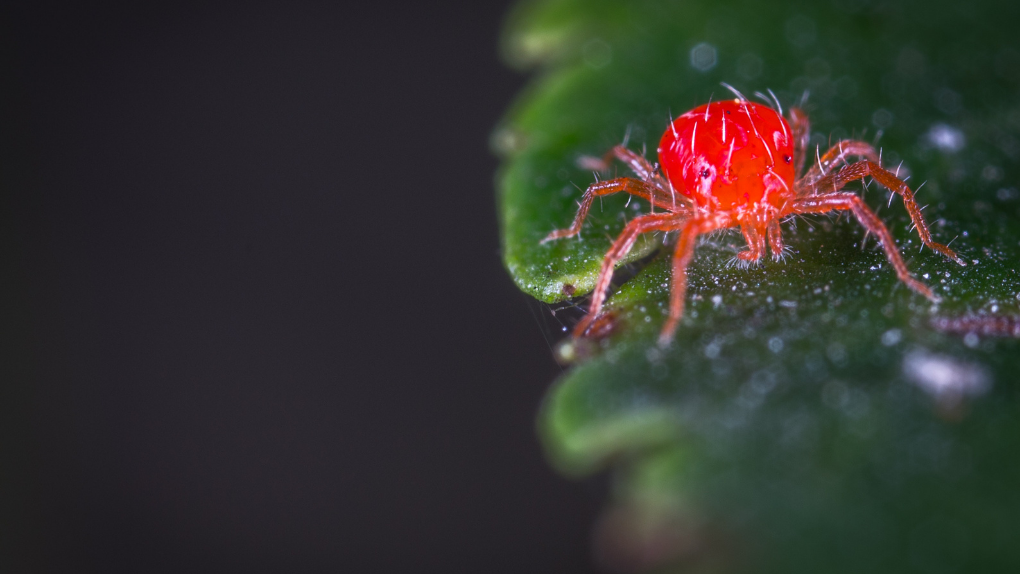
You may notice a fungal disease on the leaves or stems, the flower buds or even flowers. Often, it is caused by over-watering and should be treated as soon as possible.
For prevention use Biobizz Leaf Coat on the whole plant and topsoil. It forms a protective layer over your plant leaves to repel harmful insects and fungi.
If your roses already suffer from powdery mildew, use Optic Foliar Atak. It combats powdery mildew and improves plant health.
In case you see dark spots on the leaves, and they start falling off, it might be a signal that your roses suffer from black spot. It is a fungal disease which is very damaging. These spots can be black or purple, and later they can have a yellow perimeter. If you ignore the problem, it will spread to other leaves, and they will fall off and die.
To prevent this disease, spray Biobizz Leaf Coat in advance on the plant and the topsoil.
Rose rust is a fungal infection manifested by small yellow spots on the leaves with orange pustules. It usually occurs in summer. If you neglect it, these yellowish pustules will be replaced by black pustules at a later point.
For prevention, we would recommend using Biobizz Leaf Coat spray on the whole plant and topsoil.
Spider mites are very tiny, so it can be difficult to notice them in the first place. They usually spin a silk webbing. They attack plant leaves damaging the tissues and leaving yellowing and dead spots. Then, the leaf will turn yellow, wilt and will fall off.
The first noticeable sign will be tiny yellowish or whitish specks, mainly around the leaves’ midrib and larger veins. Spider mites reproduce very quickly, especially when the temperature is higher than 28C and the humidity is lower than 40%.
We’d recommend to use The Spray & Grow Spider Mite Protection Spray. It is a natural way to get rid of spider mites and infestations. Due to its organic composition, it is safe to use throughout any stage of plant growth and can be used alongside natural spider mite enemies such as bees and predatory mites.
PLAN AHEAD PRODUCTS
If you have reached this section, you must really love gardening. And so do we. Plan ahead with these awesome suggestions, perfect for plants in their blooming phase.


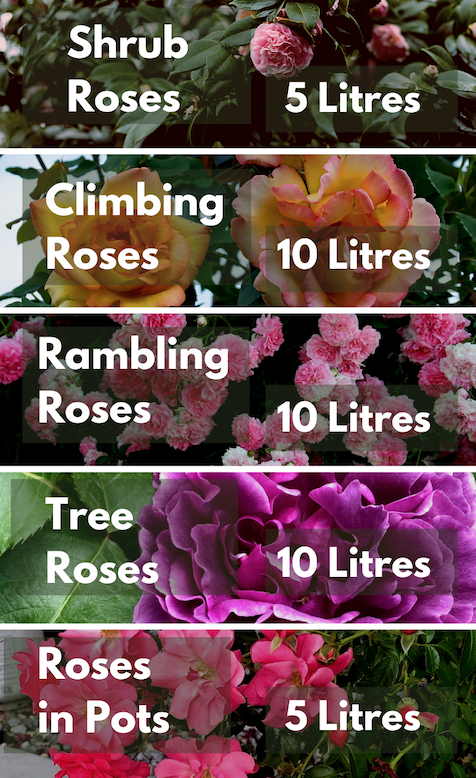

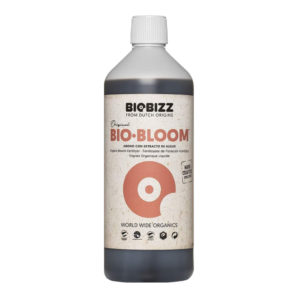

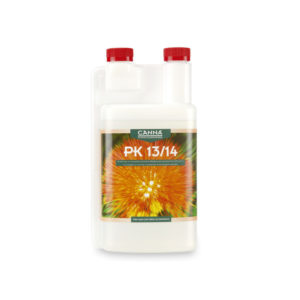

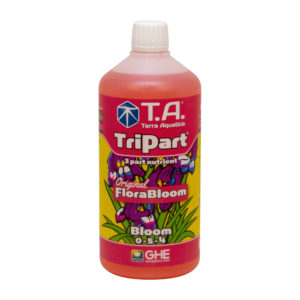
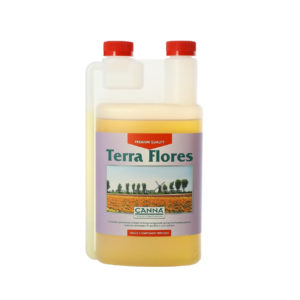
Soil preparation for roses can not be overdone. Dig deep and lay down slow-release nutrients like bonemeal for her, as well as lots of composted organic matter mixed into the fillback.
Thanks for sharing your thoughts. It is much appreciated. We are curious, what types of roses do you grow?